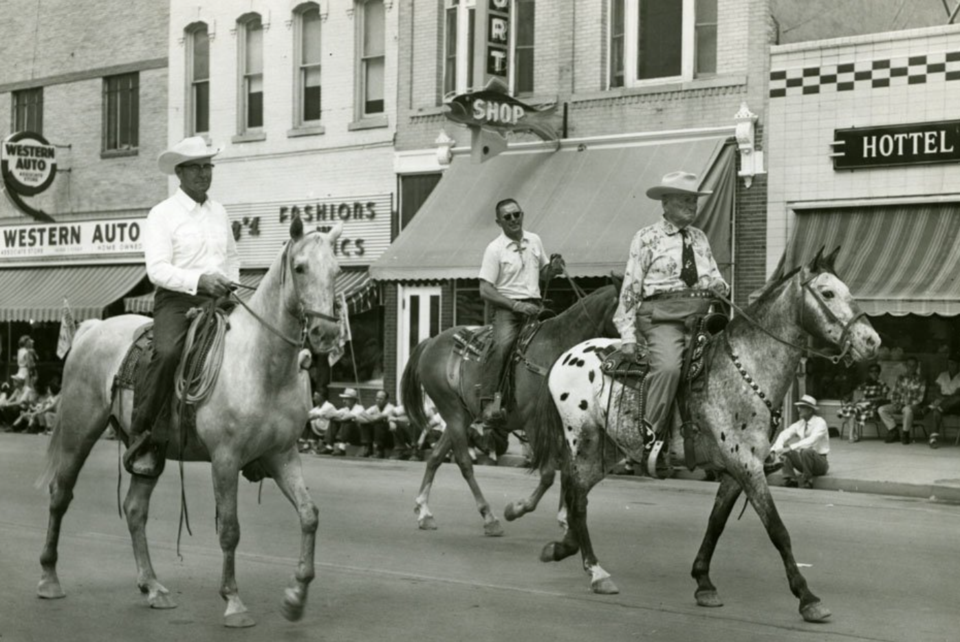Wednesday marked Longmont’s 152nd birthday — a celebration of a city loved by many for more than 15 decades.
Longmont was created by some prominent Chicagoans — Seth Terry, Peter Kelly and William Byers — who took advantage of the newly-built railroad into Denver and signed a Certificate of Organization on Feb. 1, 1870.
“Longmont began as the Chicago-Colorado Colony, a planned community started by a group of pragmatic idealists who wanted to create a new town in the West,” Erik Mason, curator of history for the Longmont Museum. “Although the colony didn’t last long, it provided Longmont with a strong base for a community, several hundred residents, and a one square mile town plat.
An important milestone was the completion in 1873 of the Colorado Central Railroad, which connected Longmont with the national rail network, Mason explained. It suddenly became easier for Longmont residents to make a living — they could ship their goods all over the country.

The next milestone that propelled the city forward was the completion in 1903 of the Longmont Sugar Factory, which became Longmont’s largest employer, the historian said.
“Farmers growing sugar beets needed large crews of laborers to help them grow beets, and this need for labor drew people to this area from across the globe,” he explained. “Some of the major groups that came to the Longmont area to work in the fields were ethnic Germans from Russia; Scandinavians; people from Japan, and Latinos from New Mexico, Texas and Mexico.”
Longmont soon became one of the most diverse communities in Boulder County — a legacy that has endured to this day.

Longmont’s population grew slowly and steadily after 1910 until the 1960s, when an air traffic control facility was built, and several years later, a large IBM plant was built between Longmont and Boulder.
“Longmont’s economy transformed rapidly from agriculture-based to technology-based,” Mason said. “During the 1960s, Longmont’s population doubled, and it almost doubled again during the 1970s.”
But Longmont, like other beloved cities around the world, has some dark history.
Members of the Ku Klux Klan were elected to City Council in 1925, and would march along Main Street in their costumes, according to the city’s historical records. But they were voted out two years later, and lost their influence.
The Great Depression was another dark part of Longmont’s history. From 1929 to 1939, drought hit the plains and brought dust clouds to the region, devastating the local economy.
Decades later, another grim chapter changed policing in Longmont.
“A shooting on Main Street in 1980, where a poorly trained Longmont police officer shot and killed two young men, Juan Louis Garcia and Jeffrey Cordova, led to massive changes in police training and a long-term effort to build bridges between the Latino community and city government,” he said.
Those bridges were forged, and Longmont is a better place today because of them.
Longmont’s milestone 150th birthday was celebrated virtually during the pandemic — hosted by the then 134-year-old Longmont Chamber of Commerce.
“I think what’s exciting is that we can celebrate how far we’ve come,” the Longmont Chamber of Commerce Membership Director Karen Stallard said before the century-and-a-half celebration.




